In the last two years, 700,000 Illinois residents have been under unprecedented strain after losing their Medicaid insurance coverage. Federal data shows this reduction coincided with a 116% increase in statewide homelessness.
Healthcare experts describe this as a cascading crisis affecting the state’s most vulnerable populations.
Record Breaking
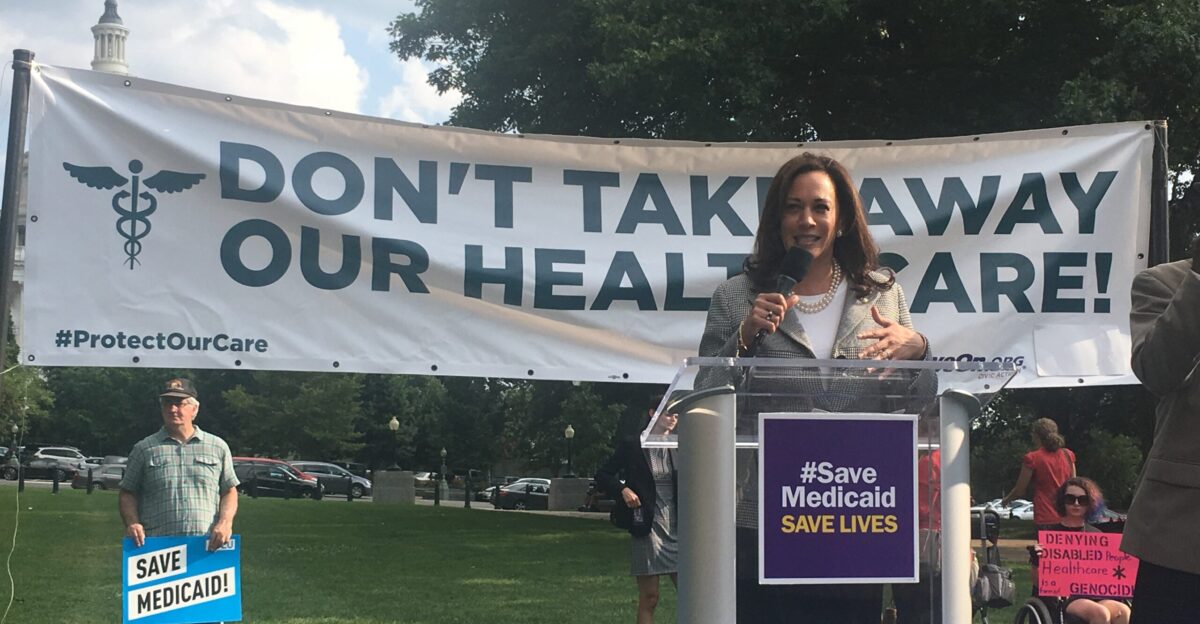
Since the adoption of the Affordable Care Act, the Illinois Medicaid reduction has been the largest single-state loss of health care in the U.S.
According to multiple news reports, no other state has simultaneously removed over half a million people from health insurance while experiencing such a severe increase in its unhoused population.
Pandemic Origins

Federal COVID-19 rules require that states keep people on Medicaid from March 2020 through March 2023.
According to Illinois health officials, this “continuous coverage” period led to enrollment highs of 3.8 million people, representing one in four Illinois residents before the unwinding process began in May 2023.
Budget Pressures
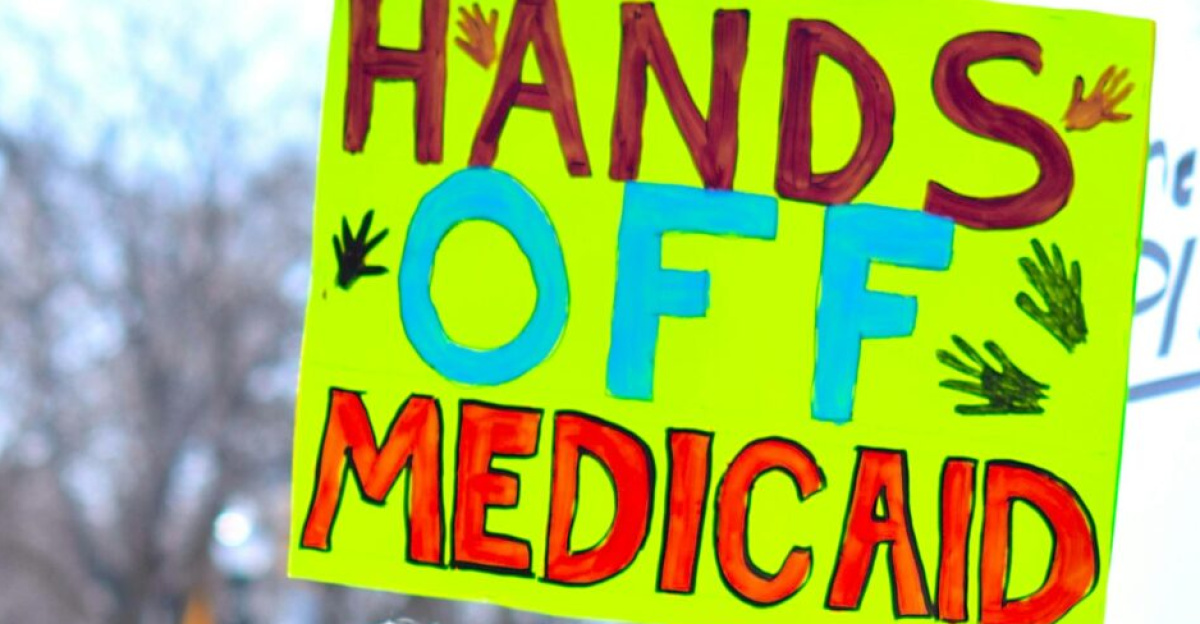
Illinois lawmakers approved a $55.1 billion state budget that reduced funding for housing programs by over $14 million.
Capitol News Illinois reports that the state covered 3,4 million Medicaid recipients, with 65% of total program costs covered by federal funding before the massive eligibility review process started.
Unwinding Complete

Kaiser Family Foundation data shows that nearly 680,000 people in Illinois were removed from Medicaid between March 2023 and April 2025.
State enrollment dropped from 3.8 million to 3.1 million as officials resumed eligibility checks for the first time in over three years following the end of pandemic protections.
Rural Impact

Rural Illinois hospitals face particular strain as coverage losses hit hardest in underserved areas.
Healthcare analysis indicates nine rural facilities are now at critical financial risk, with the ACA Medicaid expansion population of 770,000 people—primarily single, childless adults at 138% of poverty level—bearing the brunt of disenrollments.
Homelessness Surge
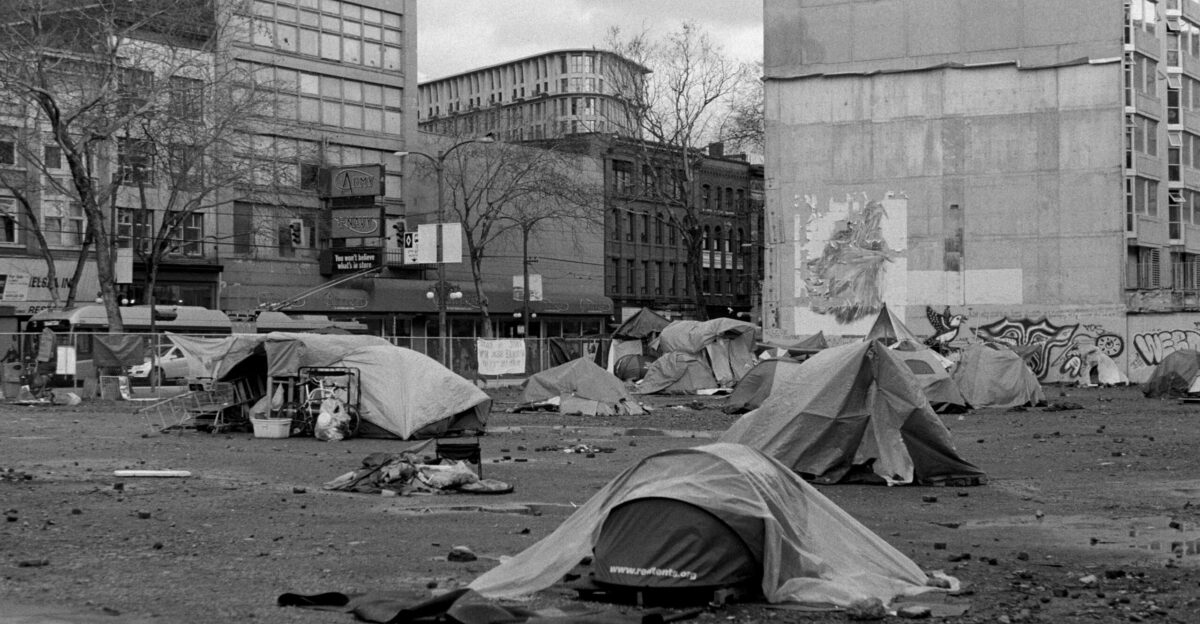
The U.S. Department of Housing and Urban Development found that Illinois’ unhoused population increased from 11,947 to 25,832 people between 2023 and 2024.
The HUD report shows that about 91% of that increase occurred in Chicago, representing a 116% statewide increase in homelessness during this period.
Hospital Strain
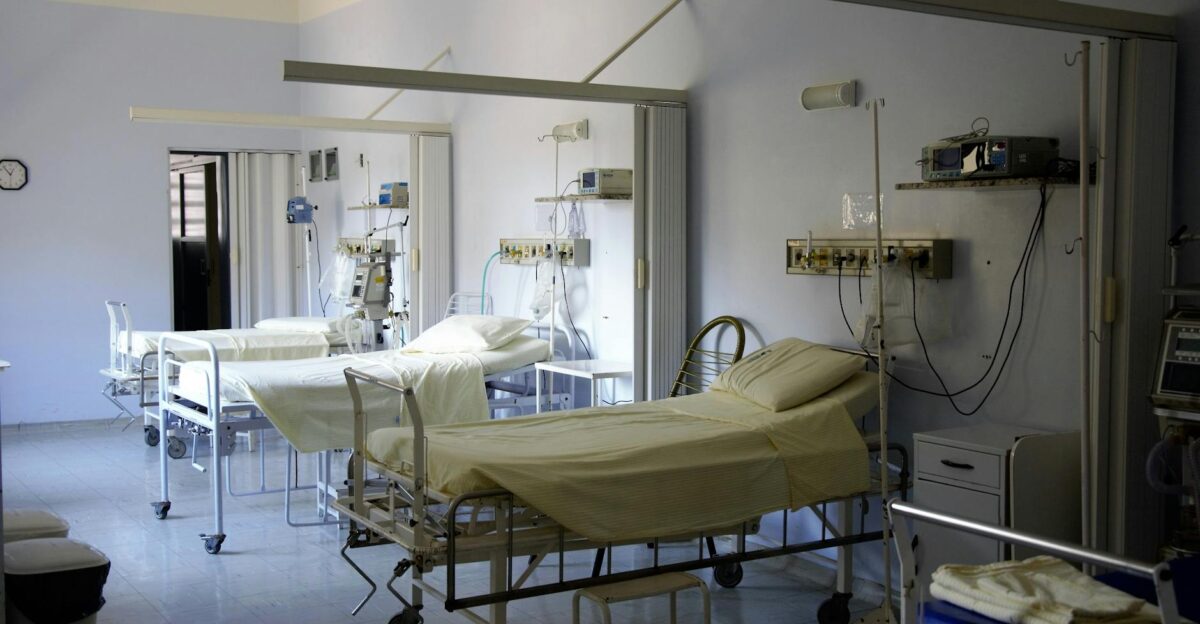
Emergency rooms across Illinois report rising uncompensated care costs as more uninsured patients seek treatment.
American Hospital Association analysis suggests rural hospitals already operating at financial losses face additional strain, with healthcare experts projecting significant increases in uncompensated care costs statewide.
National Pattern

Medicaid unwinding nationwide has removed over 25 million people from coverage since 2023.
Kaiser Family Foundation tracking shows Illinois ranks third among states for total disenrollments, with different states showing varying retention rates based on their approaches to the eligibility review process.
Housing Crisis
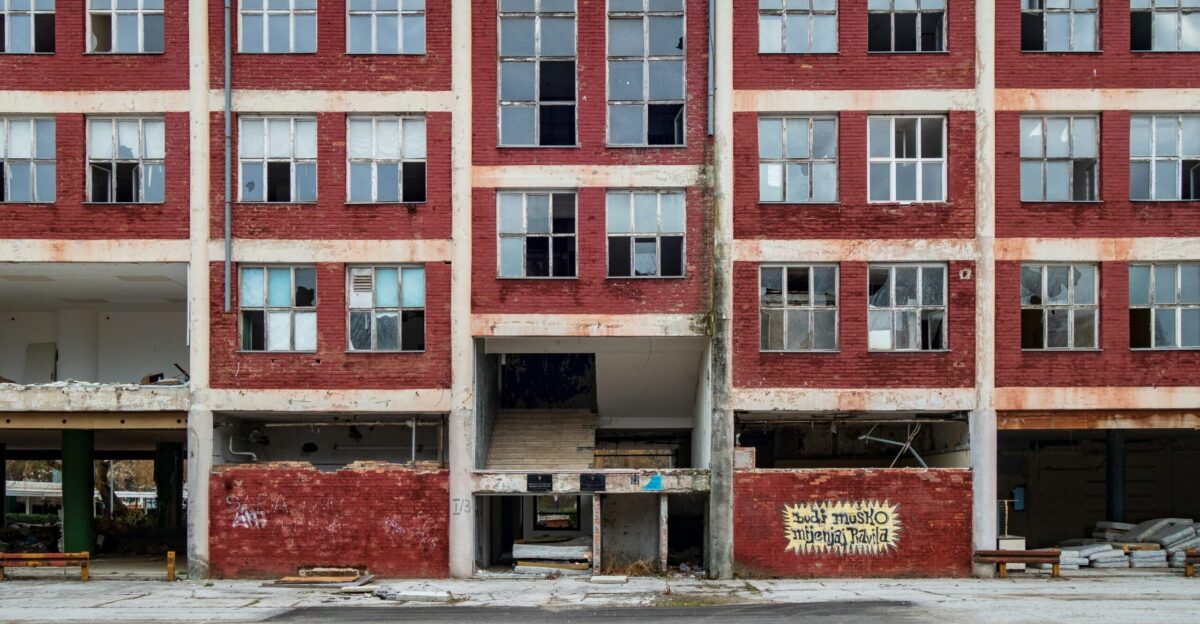
Illinois has a housing shortage of 142,000 units, and the state has cut over $14 million from housing assistance programs.
Yahoo News reporting indicates this reduction occurred as approximately 7,500 households face eviction risk, creating additional pressure on an already strained system supporting vulnerable populations.
System Breaking
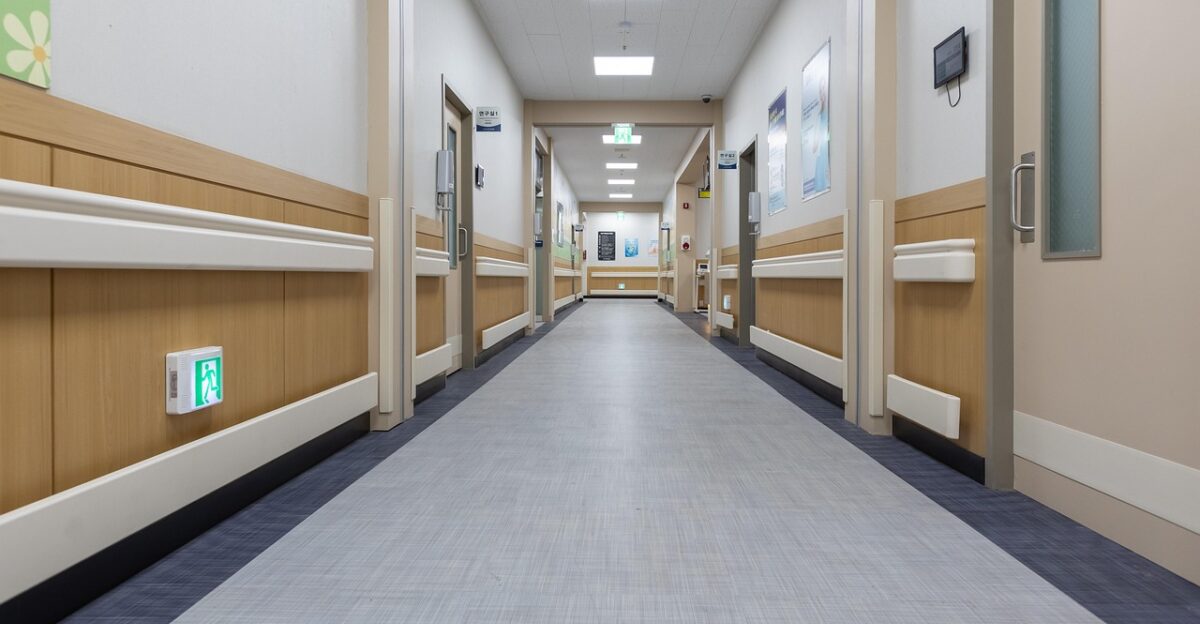
Hospital leaders warn that federal Medicaid cuts could force facility closures and service reductions.
“What this does is put us at risk when the respiratory season hits,” said Benjamin Anderson, CEO of Hutchinson Regional Healthcare System. “We’re at real risk of wearing out the staff we have.”
Federal Response

The Congressional Budget Office estimates nearly 12 million people nationally risk losing healthcare under proposed federal legislation.
American Hospital Association research projects Illinois could see significant rural residents lose Medicaid coverage, with the state facing billions in reduced federal funding over the next decade.
State Efforts

Governor J.B. Pritzker announced that Illinois achieved strong results in Medicaid retention during unwinding.
“The priority of the state was ensuring as few customers as possible lost coverage because of lack of awareness or procedural support,” Pritzker stated, noting Illinois maintained a higher retention rate than most states.
Real Impacts On People

Millions of people rely on Medicaid, and the removal of hundreds of thousands has real impacts on normal people.
Alex Outlaw, 38, relies on monthly Medicaid-covered infusions for Crohn’s disease that cost over $1,000 each. “It’s essentially saving my life right now,” the West Side Chicago resident told the Chicago Tribune.
Future Questions

Whether or not Illinois can maintain healthcare access as federal funding declines while emergency service demand increases is uncertain.
Recent reporting suggests that state officials acknowledge the significant challenges posed by federal policy changes affecting Medicaid program structure and funding levels in the future.
Political Response

Senators Dick Durbin and Tammy Duckworth wrote to hospital systems expressing concern about federal Medicaid cuts.
In their press release about the “One Big Beautiful Bill Act,” they warned that “based upon the estimated 19 percent cut to Medicaid funding,” hospitals “will face severe financial hardship, and patients will suffer.”
System Errors

Illinois and other states have reinstated coverage for people mistakenly removed from Medicaid due to system errors.
Nebraska Public Media’s investigation found that federal officials discovered states incorrectly processed household eligibility checks, with “less than 10,000 people” impacted in Illinois compared to larger numbers in other states.
Rural Closures

Rural hospital experts warn that Medicaid cuts could force widespread closures nationwide.
“Medicaid is a substantial source of federal funds in rural communities across the country,” said Alan Morgan, CEO of the National Rural Health Association. “It’s very clear that Medicaid cuts will result in rural hospital closures.”
Healthcare Deserts
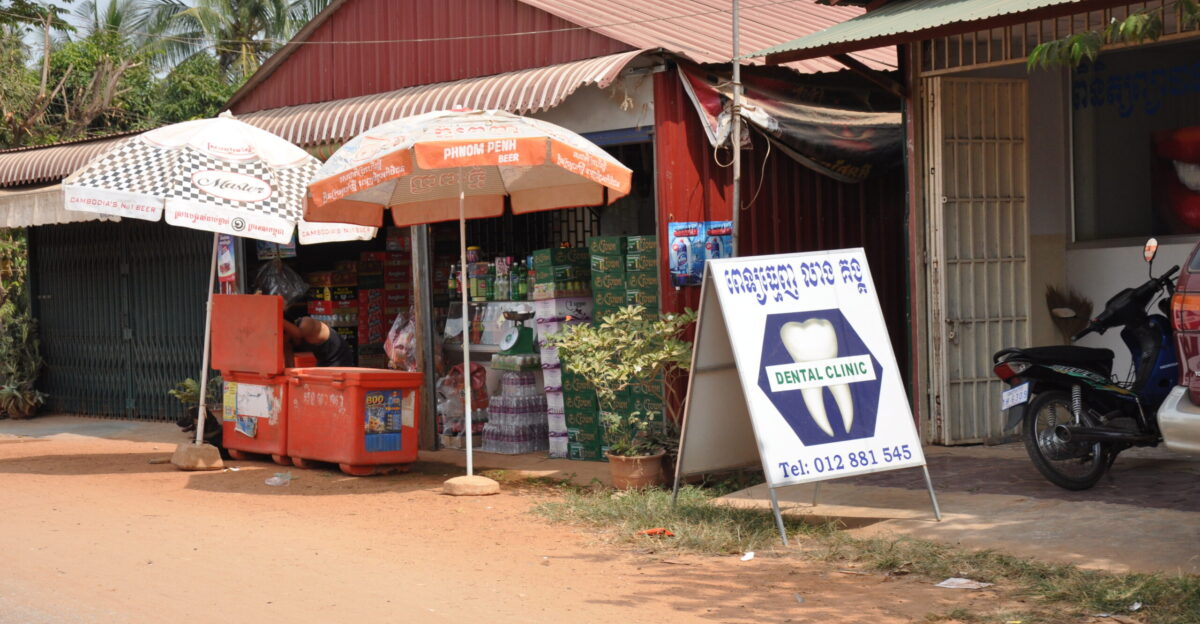
More than 80% of U.S. counties lack adequate healthcare infrastructure, GoodRx Research analysis demonstrates.
The study found that over 40% of counties are “healthcare deserts” where residents must drive significant distances to reach pharmacies, hospitals, or trauma centers. Rural areas face the greatest challenges in accessing care.
National Test

As other states watch the largest disenrollment in U.S. history, Illinois’s Medicaid reduction becomes a case study.
Policy analyses conclude that the convergence of housing cuts, healthcare coverage losses, and rising homelessness suggests broader challenges to America’s social safety net that could influence policy decisions nationwide.






